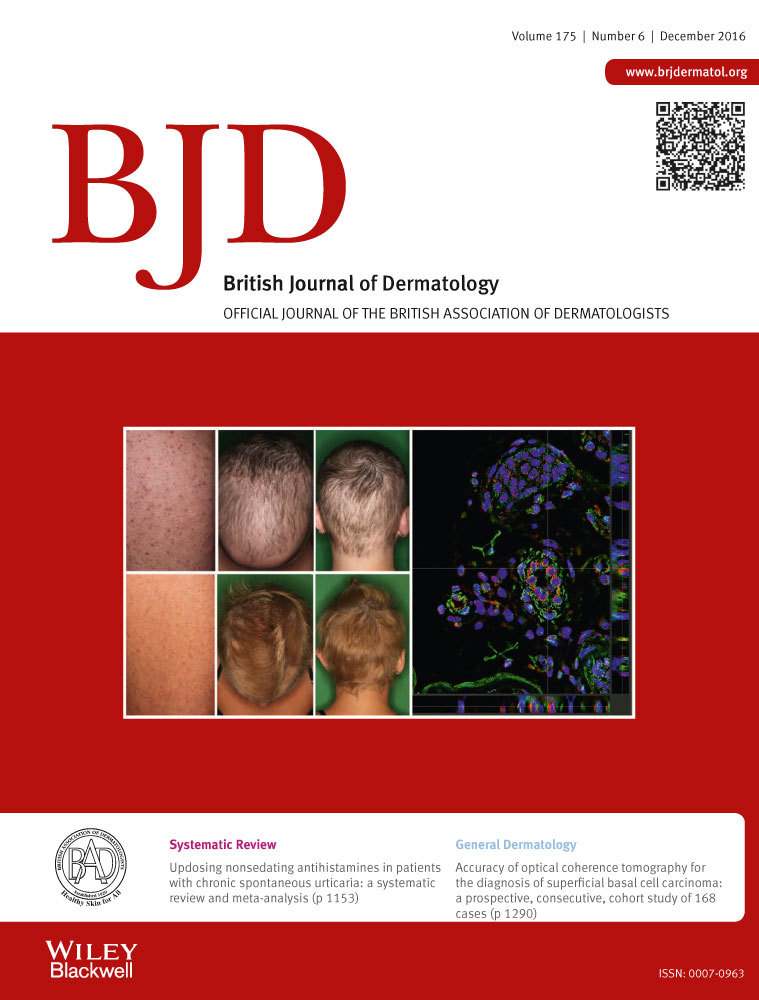Dual c-Jun N-terminal kinase–cyclin D1 and extracellular signal-related kinase–c-Jun disjunction in human melanoma
Funding sources:
This work was supported by a Vienna Science and Technology Fund (WWTF) grant (LS11-045) to S.N.W.
Conflicts of interest:
None declared.
Summary
Background
Activity of both c-Jun and cyclin D1 is deemed critical for melanoma cell proliferation. This functionality is corroborated by frequently elevated expression and activity of these proteins in human melanomas. Correspondingly, alleviating c-Jun and cyclin D1 function is vital to the success of antimelanoma therapeutics.
Objectives
To understand the role of the c-Jun N-terminal kinase (JNK) signalling pathway in melanoma cell proliferation and survival.
Methods
The effect of JNK inhibitors SP600125 and JNK-IN-8 on the proliferation and survival of genetically highly representative human melanoma cell lines was studied in assays of proliferation and apoptosis. Changes in c-Jun and cyclin D1 protein and mRNA levels in response to JNK and mitogen-activated protein kinase kinase (MEK) inhibition were investigated through immunoblotting and quantitative reverse-transcription polymerase chain reaction. The effects of JNK and MEK inhibitors on cell-cycle distribution were assessed by flow cytometry.
Results
We demonstrate the requirement of JNK signalling in melanoma cell proliferation and survival. While JNK inhibition suppressed the expression and activity of c-Jun, it failed to suppress cyclin D1 levels. Consistently with its inability to downregulate cyclin D1, JNK inhibition failed to induce G1 arrest. In contrast, the blockade of MEK–extracellular signal-regulated kinase (ERK) signalling, although unable to suppress c-Jun activity and expression, paradoxically abated cyclin D1 levels and triggered G1 arrest. This previously unreported dual disconnect between JNK–cyclin D1 and ERK–c-Jun levels was confirmed by concomitant JNK and BRAF inhibition, which suppressed both c-Jun and cyclin D1 levels and exhibited a heightened antiproliferative response.
Conclusions
Dual disjunction between JNK–cyclin D1 and ERK–c-Jun signalling forms the basis for further investigation of combined JNK and MAPK signalling blockade as a more effective therapeutic approach in human melanoma.




